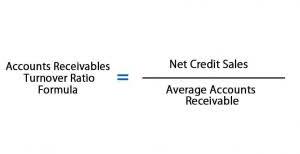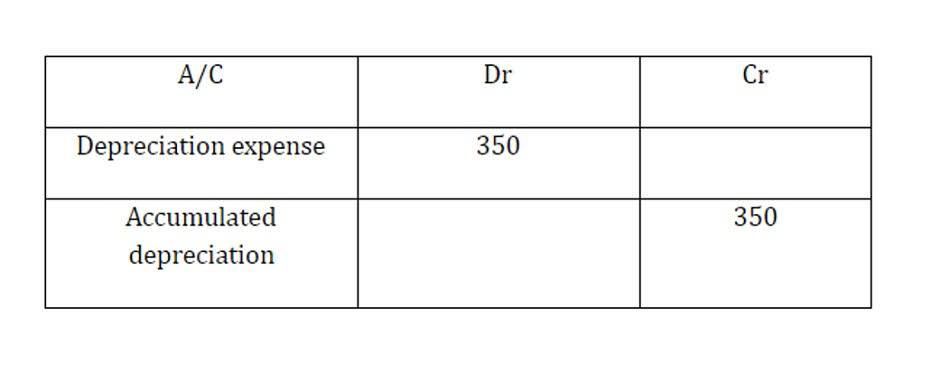Debits and Credits T-Accounts, Journal Entries
Čtvrtek, Září 19th, 2024
A T-Account records the debits and credits that affect an account, as well as the running balance of the account. A T-Account is an accounting tool used to track debits and credits for a single account. It is typically represented as two columns with the accounts that have been affected listed on either side, usually labeled Debit (left) and Credit (right).
- The accounts have the letter T format and are thus referred to as the T accounts.
- That’s why accountants use T accounts specifically, but why do they do any of this at all?
- Whenever cash is paid out, the Cash account is credited (and another account is debited).
- The “balance” is the amount by which debits exceed credits (or vice versa).
- For different accounts, debits and credits can mean either an increase or a decrease, but in a T Account, the debit is always on the left side and credit on the right side, by convention.
- And if you’re new to the accounting world and have little knowledge in finance, T accounts can be especially useful in working through complex financial transactions.
What is Qualified Business Income?
By the time you have an accounting certificate, you have at least a decade of experience using T accounts. It is this simple for cash accounting, but it isn’t for accrual accounting, which you likely use. In accrual t accounts accounting, you need to recognize your revenue according to ASC 606, which means you also need to involve a deferred revenue account.

T Accounts for the Income Statement
Before you start, I would recommend to time yourself to make sure that you not only get the questions right but are completing them at the right speed. A business owner can quickly look over T-accounts (such as the one in our example) in order to extract information. The contra account here used to describe what occurred is baking equipment.

Great! The Financial Professional Will Get Back To You Soon.
- Be sure to check your understanding of this lesson by taking the quiz in the Test Yourself!
- After reviewing the transactions, prepare the necessary journal entries and post them to the necessary T- Accounts.
- Above the T is the name of the account, and the T account is then separated into left (debit) and right (credit) sides.
- Balance c/f is just an entry used in calculating that the closing balance is $19,100 on the debit side.
- As you can see, when recording a transaction in a T-account, we record the date of the transaction too.
There are various questions and exercises about T accounts further below which you can use for practice. In our next lesson we’re going to continue working with T-accounts and focus on a very important aspect of them – learning how to balance T-accounts. As previously mentioned, an account is the https://www.bookstime.com/ summary record of all transactions relating to a particular item in a business. Take a look at each of the journal entries above and compare them to each of the entries in the T account. This is the same as the previous transaction, just on the opposite side – we enter the transaction on the credit (right) side of the bank T-account. The credit was to loan, so this is used to describe what has happened to our bank account above.


At the top you have the account name, for example “cash,” “owner’s equity,” or “accounts payable.” Then, inside the T, the left side is for debit and the right side for credit trial balance transactions. T-accounts can also impact balance sheet accounts such as assets as well as income statement accounts such as expenses. This transaction will increase ABC’s Cash account by $10,000, and its liability of the Notes Payable account will also increase by $10,000. The T account balance must be debited to increase the Cash account, since it is an asset account. On the other hand, t the account must be credited o increase ABC’s Notes Payable account, since it is a liability account.
- It’s impossible to provide a complete collection of examples that addresses every financial transaction with the corresponding T account.
- Doing two sets of double-entry accounting is a great way to make sure your books are complete and accurate, but it is also time consuming.
- A double entry system is time-consuming for a company to implement and maintain, and may require additional manpower for data entry (meaning, more money spent on staff).
- In double-entry bookkeeping, a widespread accounting method, all financial transactions are considered to affect at least two of a company’s accounts.
- Consider the word “double” in “double entry” standing for “debit” and “credit”.
- For example, if a company issued equity shares for $500,000, the journal entry would be composed of a Debit to Cash and a Credit to Common Shares.












